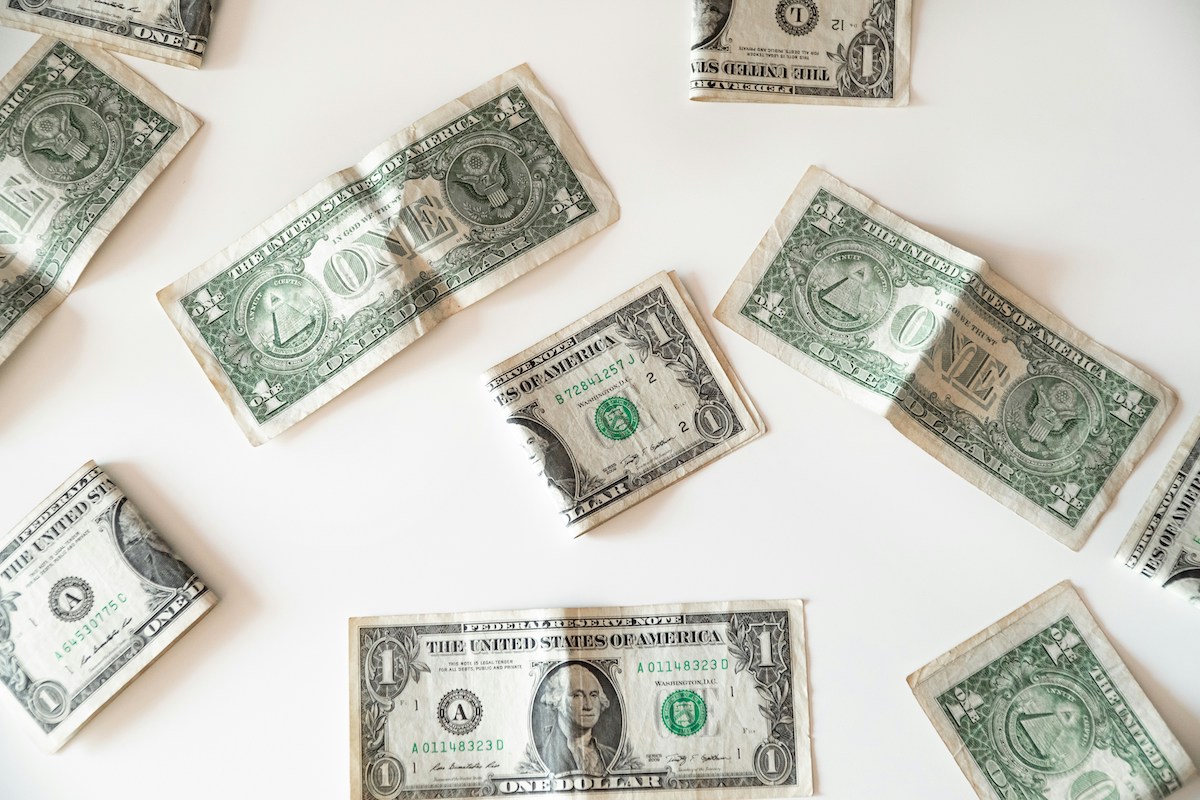In recent years, we've seen historic crises, starting with the COVID-19 pandemic and followed by the war in Ukraine. These events disrupted global supply chains, resulting in significant energy price hikes, which then spread to other goods and services. This led to rising inflation worldwide, forcing central banks to respond by raising interest rates, in some cases to the highest levels in decades. The Fed's recent decision to cut rates marks an important milestone not only in the recovery of the U.S. economy, the largest in the world, but also for other advanced nations.
First Rate Cut in Four Years
On September 18, the Fed set its benchmark interest rates in the range of 4.75% to 5%, down from the previous 5.25% to 5.50%. While markets had been anticipating this decision for several weeks, the extent of the cut was uncertain until the last moment. Initially, a 0.25% reduction was expected, but the final cut was a more significant 0.50%. This radical move came despite data from the previous day showing an unexpected increase in month-on-month retail sales, indicating rising purchasing power. In the first week of September, it was revealed that U.S. unemployment had dropped from 4.3% to 4.2%. Rising unemployment and a weakening labour market had previously fuelled recession fears and suggested that the Fed might take more aggressive actions. Some even criticized the bank for not acting sooner. The Fed’s decision came less than a week after the European Central Bank (ECB) made its second rate cut of the year.
U.S. Indexes at Record Highs
The impact of interest rate cuts on stock prices can vary, but in this case, it had a positive effect on the S&P 500 and Dow Jones Industrial Average, both reaching record highs on September 19, the day after the Fed’s key decision. * This performance was driven mainly by technology stocks, including Tesla, Apple, Meta, and NVIDIA. The boost was also supported by a lower-than-expected number of unemployment claims.

Source: Investing.com*
Eurozone’s Second Rate Cut of the Year
Eurozone inflation had been on a path toward the 2% target for several months, and therefore in June this year, the first rate cut was made, specifically a 0.25% reduction to 4.25%. The European Central Bank (ECB) concluded that it could continue the cycle, and on September 12, made another cut down to 3.65%. However, President Christine Lagarde emphasized that the bank has no specific trajectory in mind and will act solely based on economic data. There is speculation in the markets that easing will continue in December. Although inflation trends look promising, according to the president of Bundesbank (German central bank), Joachim Nagel, inflation could rise again towards the end of the year. Due to high interest rates, the Eurozone is facing slower economic growth, and the ECB's move has generated a more positive mood in the markets, as reflected in the European benchmark index, Euro STOXX 600, which began to recover slightly from previous declines. By Friday, September 20, the index was at its highest point in over two weeks, with its rise partly attributed to a brief market rally in the U.S. *

Source: Investing.com*
Lower Rates Favor Commodities
The impact of interest rates on commodity prices is a complex interplay of factors. Immediately following the Fed's announcement, the value of the U.S. dollar initially spiked but then weakened, which is expected to be the trend in the coming weeks. A weaker dollar generally benefits commodities traded in USD, as seen with the price of oil. Gold reached a new all-time high, as it traditionally benefits from lower interest rates due to the diminished appeal of bonds and other interest-bearing assets. Investors focus on gold as a hedge against market uncertainty and a weakening dollar. After an initial surge, the price of gold slightly decreased but remains high, and silver similarly reached its highest level in over two months. *

Source: Investing.com*
Inflationary Pressures Easing Globally
Inflation is falling in most Western economies, and the Fed’s decision aligns it with other major central banks that are currently stepping away from restrictive monetary policies. Switzerland was one of the first to cut rates in March, with another reduction expected on September 26. The Bank of England has so far implemented one rate cut in August, by 0.25% to 5%, and kept rates unchanged in September. As the largest global economy, developments in the U.S. have a significant impact on international markets.
Conclusion
So far, markets appear to have reacted positively to the Fed’s key decision, at least in the short term. However, the next few weeks will be crucial, not only for market developments but also for the broader direction of the economy. Lower interest rates primarily provide relief to consumers from expensive loans, which usually leads to increased purchasing power and, ultimately, better earnings of the companies, driving economic growth. However, the possibility of inflation rising again remains a threat. If current trends continue, the next interest rate cut is expected in December, not only in Eurozone, but also in the U.S. [1]
* Data relating to the past are not a guarantee of future returns.
[1] Forward-looking statements represent assumptions and current expectations that may not be accurate or are based on the current economic environment, which may change. These statements are not guarantees of future performance. Forward-looking statements inherently involve risk and uncertainty because they relate to future events and circumstances that cannot be predicted and actual developments and results may differ materially from those expressed or implied in any forward-looking statements.
Warning! This marketing material is not and must not be understood as investment advice. Data relating to the past are not a guarantee of future returns. Investing in a foreign currency can affect returns due to fluctuations. All securities transactions can lead to both profits and losses. Forward-looking statements represent assumptions and current expectations that may not be accurate or are based on the current economic environment, which may change. These statements are not guarantees of future performance. InvestingFox is a trademark of CAPITAL MARKETS, o.c.p., a.s. regulated by the National Bank of Slovakia.
Sources
 English
English
 Slovak
Slovak
 Czech
Czech
 Hungarian
Hungarian
 Italiano
Italiano
 Polish
Polish





